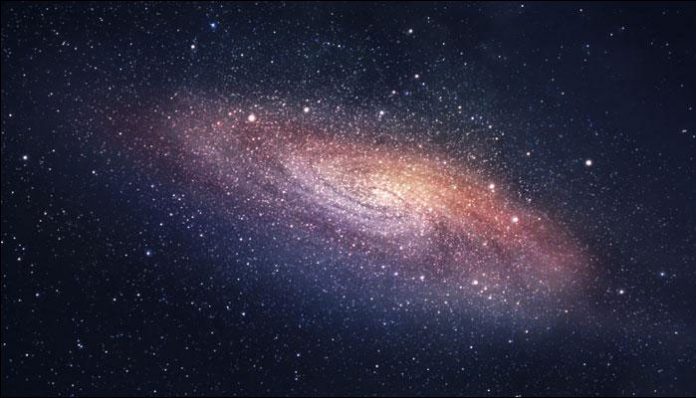A team of Indian astronomers have discovered as many as 25 previously known giant radio galaxies (GRGs).
The discovery is being described as an achievement of a different level because only 300 galaxies out of all the galaxies discovered till date have been classified as GRGs. GRGs are the largest known galaxies in the universe – are a part of the bargain, then that makes it all the more interesting.
“The huge size of GRGs has defied any theoretical explanation so far. Our work will help in understanding how these galaxies grow to be so large,” said lead researcher Pratik Dabhade, at Inter-University Centre for Astronomy and Astrophysics (IUCAA, Pune) and also at the Netherlands’ Leiden Observatory.
The team carried out a systematic search for these radio giants and found a large sample of GRGs, using a nearly 20-year-old radio survey. In the journal Monthly Notices of the Royal Astronomical Society, the scientists report the discovery of 25 GRGs from the National Radio Astronomy Observatory Very Large Array Sky Survey.
These extremely active form of galaxies harbour a super massive black hole ‘central-engine’ at the nucleus, which ejects a pair of high energy particle jets nearly at the speed of light, which terminate into two giant radio lobes.
According to Joydeep Bagchi, “understanding the life-cycle of the black hole’s energetic activity, properties of the matter which falls into it, and the influence of the surrounding medium which acts on the lobes far away from the host galaxy, and provides a ‘working-surface’ for the radio jets to act, are among the most important problems in this field”.
GRGs are visible only to radio telescopes.
These behemoths span nearly three million light years across, or even more sometimes. This size corresponds to stacking nearly 33 Milky Way like galaxies in a line.
Since the GRGs are known to expand to such large sizes, they are believed to be the last stop of radio galaxy evolution. The first GRG was discovered in the 1970s using the Westerbork Synthesis Radio Telescope in the Netherlands in 1974. Since then, all major radio telescopes and powerful computer simulations have been used in an effort to unravel their mysterious nature.












